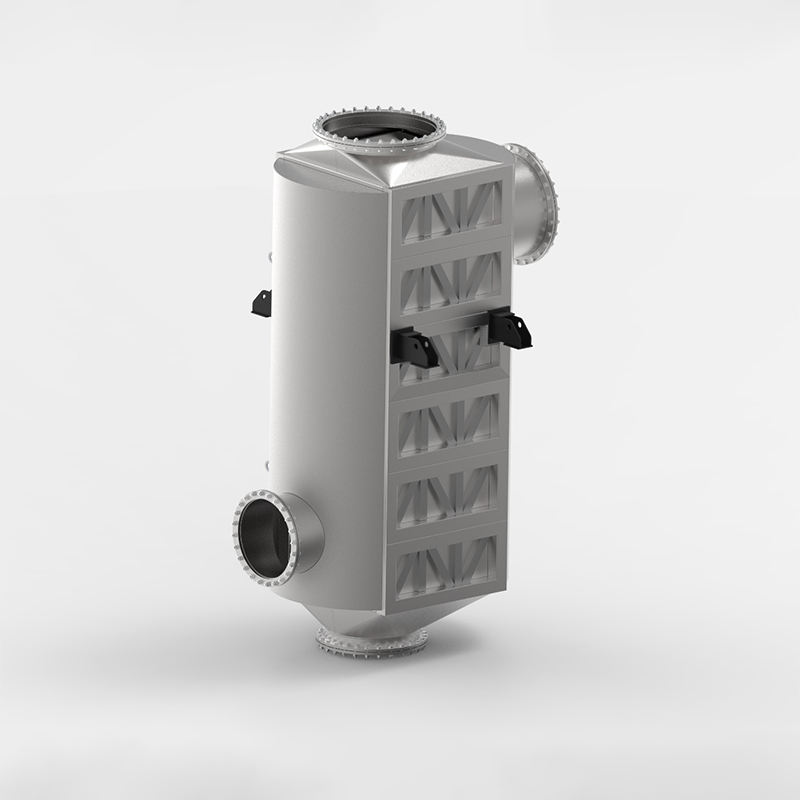5 key roles of plate heat exchanger gaskets.
Plate heat exchanger gaskets perform 5 key roles: ...
More
A plate frame heat exchanger (PHE) is a highly efficient thermal transfer device designed to regulate temperatures in industrial, commercial, and HVAC systems. Comprising multiple corrugated metal plates stacked within a frame, PHEs facilitate rapid heat exchange between fluids without mixing them. Their compact design, superior thermal performance, and adaptability make them a preferred choice for industries like chemical processing, power generation, and food production.
Plate frame heat exchangers are engineered to maximize surface area for heat transfer while minimizing energy loss. The plates, typically made of stainless steel, titanium, or other corrosion-resistant materials, are arranged in an alternating pattern to create separate channels for hot and cold fluids. This configuration ensures optimal thermal conductivity and turbulence, enhancing efficiency. Compared to shell-and-tube heat exchangers, PHEs offer up to 90% greater heat transfer efficiency, reducing operational costs and space requirements. Their modular design allows for easy expansion or maintenance, making them ideal for dynamic industrial environments. Industries leveraging PHEs report energy savings of 20–40%, aligning with global sustainability goals.
Plate frame heat exchangers operate on the principle of conductive and convective heat transfer between fluids separated by thin metal plates. The process involves alternating hot and cold fluid streams flowing through parallel channels, enabling efficient thermal exchange without direct contact. The corrugated plate design induces turbulence, which disrupts boundary layers and amplifies heat transfer rates.
In a typical PHE system, hot fluid enters one set of channels while cold fluid flows counter-currently through adjacent channels. The large surface area of the plates ensures rapid heat dissipation, with temperature differentials as low as 1°C achievable in some applications. Gaskets or brazed seals prevent fluid mixing, ensuring purity in sensitive processes like pharmaceuticals or dairy. Advanced models feature variable plate geometries to handle high-viscosity fluids or particulate-laden streams. Real-world data shows PHEs can achieve heat transfer coefficients of 3,000–7,000 W/m²K, far surpassing traditional exchangers. Their scalability and adaptability make them indispensable in sectors requiring precise thermal management, from oil refineries to district heating systems.
Select the most popular foreign trade service products to meet your diverse needs
Learn more about the dynamics and professional knowledge of the foreign trade industry

Plate heat exchanger gaskets perform 5 key roles: ...
MoreAPI 662 defines standards for plate heat exchanger...
More
You can see clear differences between welded block...
More
A gasket in heat exchanger seals surfaces, blocks ...
More.jpg)
Plate air preheaters transform industrial processe...
More
Regenerative solutions, such as the Plate Air Preh...
MoreSelect the most popular foreign trade service products to meet your diverse needs
Explore more content related to foreign trade services

User Comments
Service Experience Sharing from Real Customers
John Smith
Mechanical EngineerThe plate frame heat exchanger is incredibly efficient and easy to maintain. It has significantly improved our system's performance.
Emily Johnson
Process EngineerGreat product! The plate frame heat exchanger works perfectly for our needs. Installation was straightforward, and it's very durable.
Michael Brown
HVAC TechnicianThis heat exchanger is a game-changer for our HVAC systems. Highly recommend for anyone in the industry looking for reliability and efficiency.
Sarah Davis
Plant ManagerThe plate frame heat exchanger has exceeded our expectations. It's robust and handles high temperatures with ease. Very satisfied with the purchase.